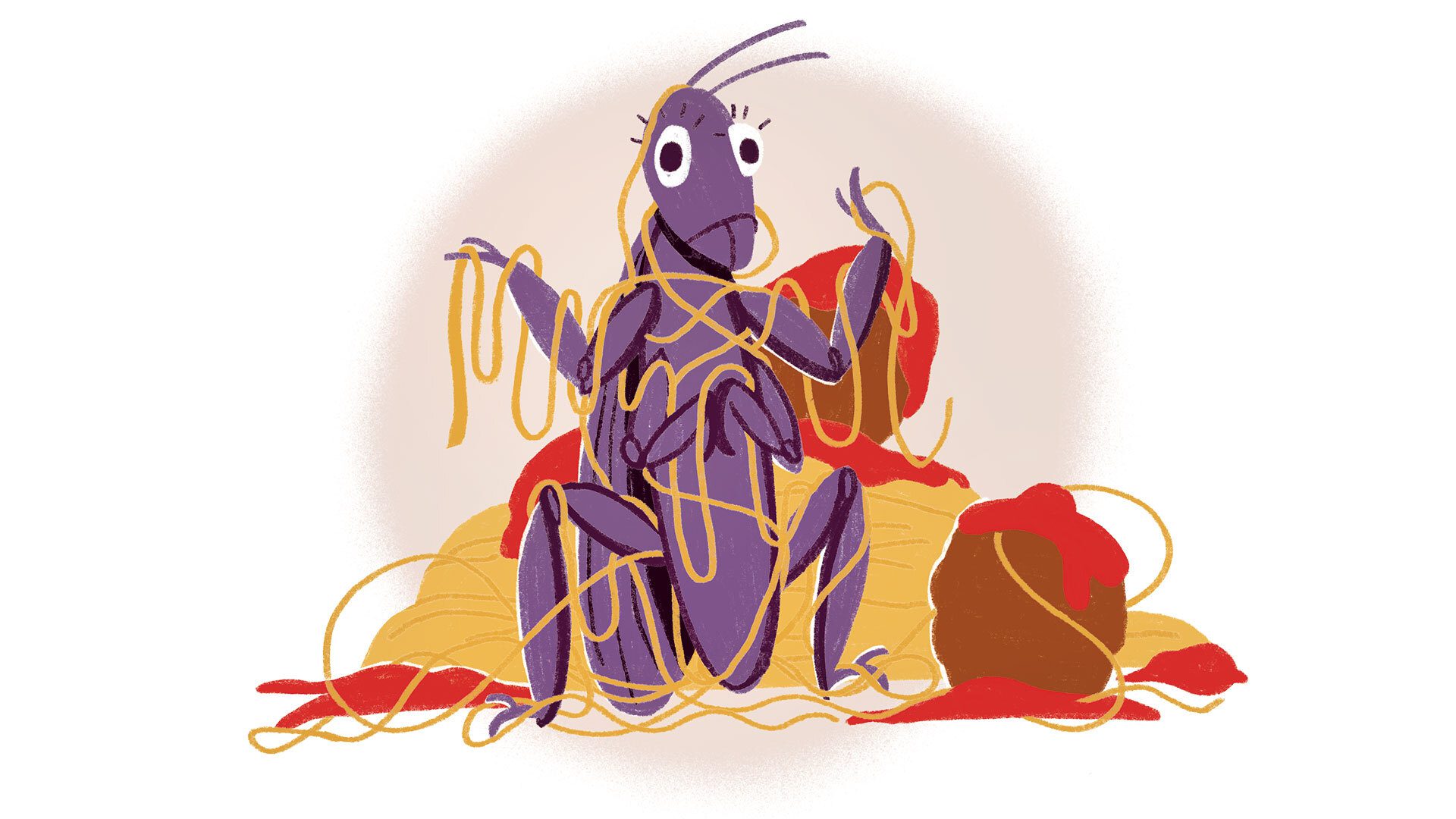- September 26, 2025
- By Karen Shih ’09
Swapping your juicy steak or crispy chicken with a plate of stir-fried insect larvae or crunchy grasshoppers might sound like an invitation to skip dinner. But what if you could just mix some cricket flour into banana muffin batter, or replace a squeeze of lemon with a sprinkling of citrusy ants?
While people have consumed bugs for millennia, including about 2,000 species around the world today, Americans lag in accepting the protein-rich critters into their diets. Easing them into the practice, known as entomophagy, is the way to go, says entomology doctoral student Helen Craig ’22.
“My philosophy on eating insects is, why would you jump into the deep end?”
She and three undergraduate students in entomology Professor Bill Lamp’s lab researched the environmental, nutritional and economic benefits of eating insects. They spoke to experts, presented to peers and even tested bug recipes themselves. They published an article in American Entomologist this spring.
“I’m a vegan, but I would eat bugs because it’s one of the most sustainable proteins out there,” says Craig. As Earth’s population surges past 8 billion, raising enough livestock to feed more and more people is becoming a challenge. Enter insects, which require significantly less land and water than cattle, pigs and chickens, and don’t produce harmful methane. (In fact, some even eat rotting food, decreasing greenhouse gas emissions.)
Craig and biological sciences major Maya Hensley ’25 chat about six types you could eat.
CRICKETS
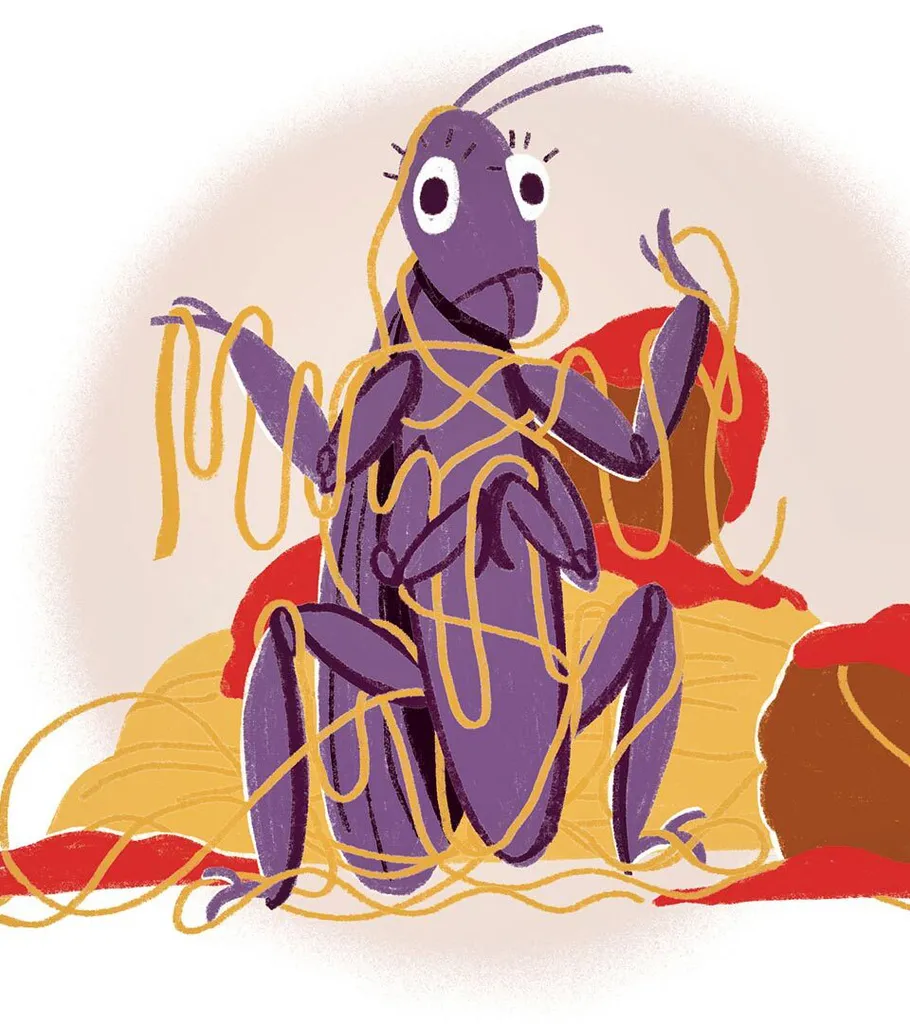
Ground into flour—and already raised in large quantities for pet food—these are the easiest entry point into entomophagy. They can be incorporated into smoothies or baked goods or dried and sold in cotton candy and lasagna flavors, all of which Craig and Hensley offered to undergrad classes. Students were willing to try at least one item; repeated positive exposure was key. “New food is scary,” says Hensley. “So how can we relate this type of diet, eating insects, to things like sushi and lobster, which are now seen as lavish, fine dining?”
GRASSHOPPERS
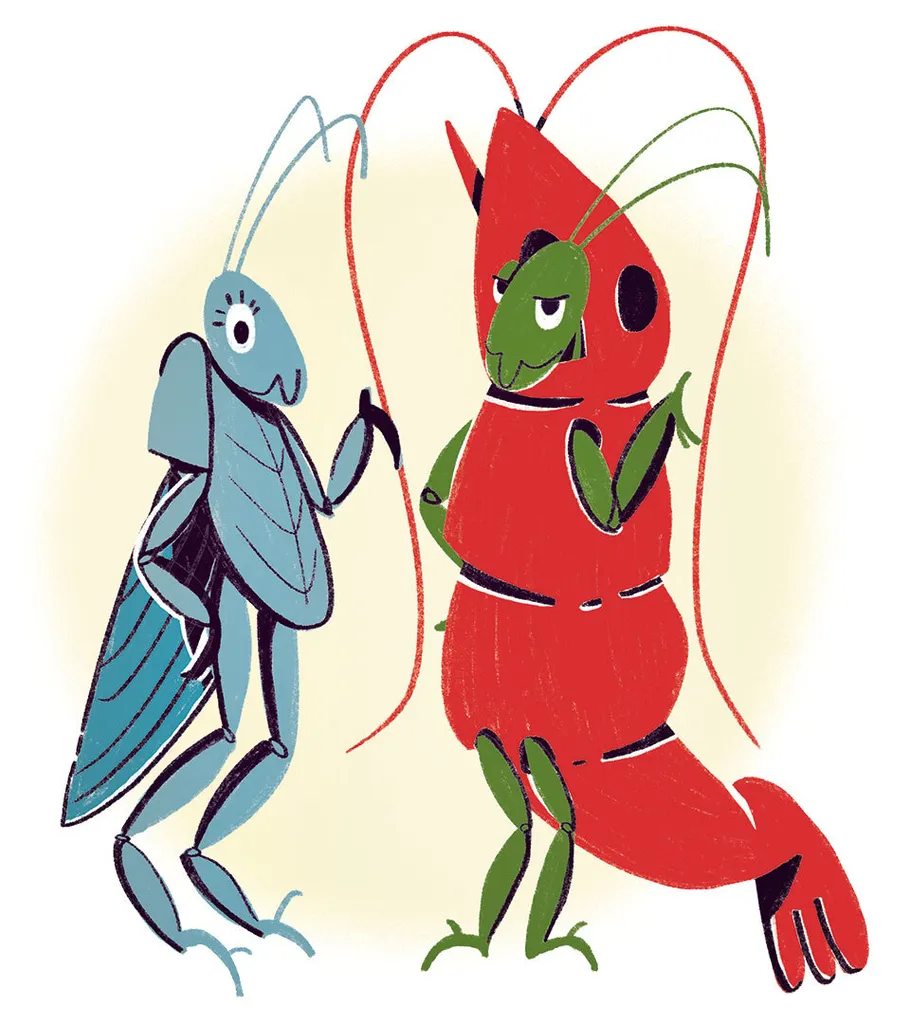
One of the easier bug dishes to find in the United States—a restaurant adjacent to UMD serves them—“tacos de chapulines” contain fried or toasted spiced grasshoppers and are a popular Mexican street food. The caveat: A protein in their exoskeleton, chitin, which is found in many insects, could trigger a reaction in people who are allergic to shellfish.
BLACK ANTS
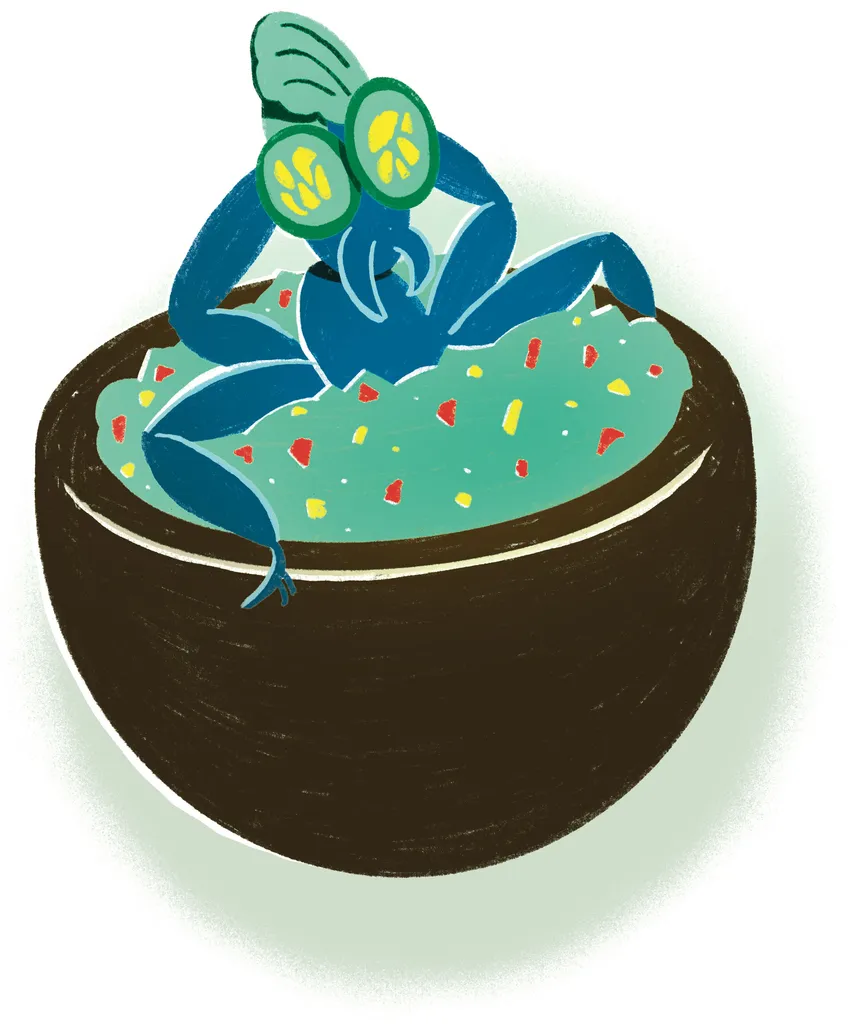
With a lemony flavor from formic acid, these tiny insects could be tossed into guacamole for a little zing, says Craig. “It’s like adding a little salt.” Ants are a popularly foraged food across Latin America, Africa and Asia, where large queens are particularly prized.
BAMBOO WORMS

These worms, which are actually the larvae of a moth, taste nutty and were used by Craig as a topping on brownies. High in protein and fiber, they’re often found in Southeast Asian dishes, deep fried. Like many insects, they are consumed whole, so there’s no waste—unlike with livestock, which have many inedible parts.
BLACK SOLDIER FLIES
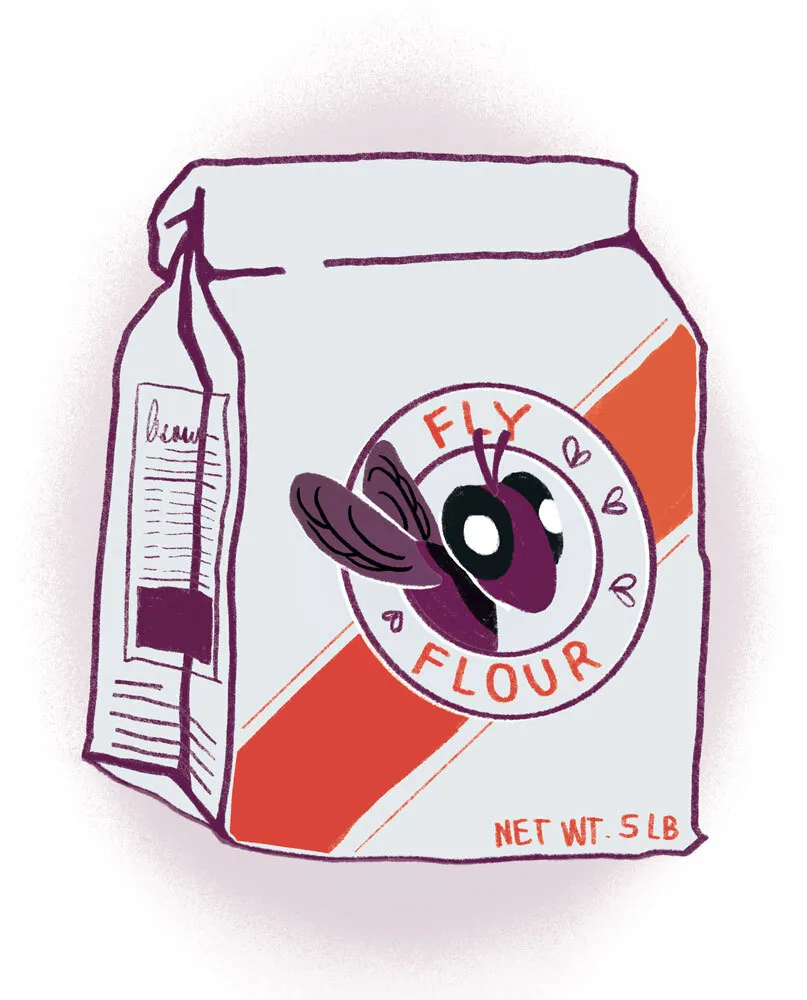
An abundant creature that eats compost and can be farmed in stacked containers, the fly is consumed at its larval stage, made into a powder or an oil. Previous lab experiments have shown that using black soldier fly larvae could decrease methane production in cattle digestion, and now, Craig is the first to study its effects in cows on farms, exchanging a small amount of soybean meal for powdered larvae in their feed.
COCHINEAL
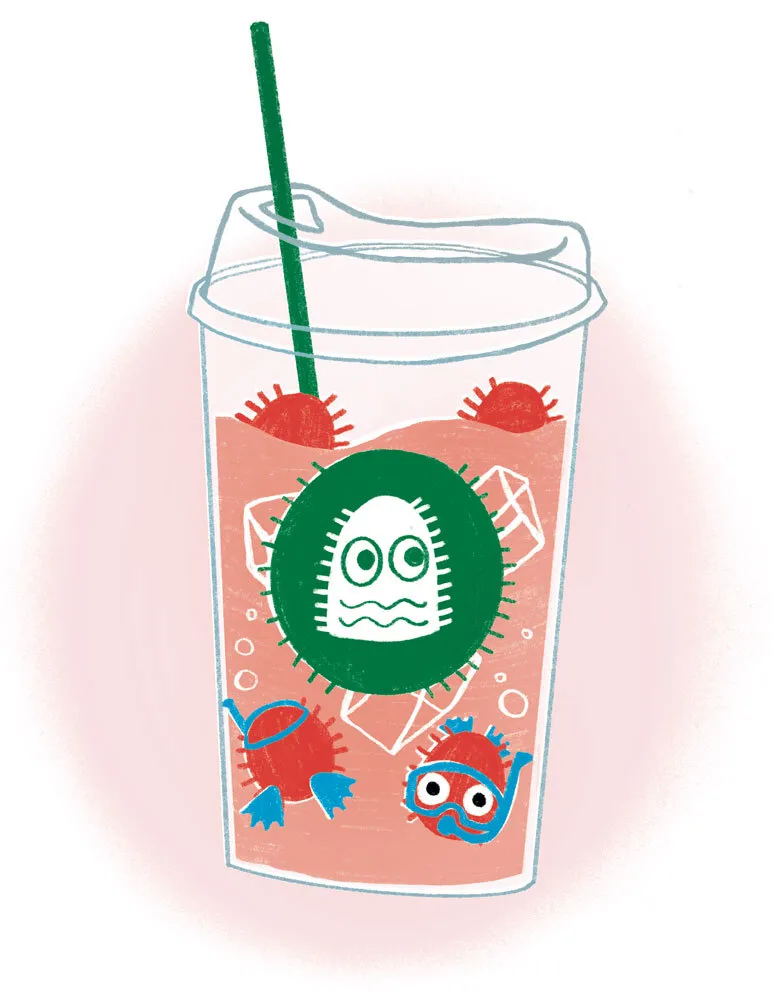
This pink, cactus-hugging bug has been used as a makeup and food dye, including at chains like Starbucks, which got pushback in 2013 for incorporating the vibrant, FDA-approved colorant into its strawberry Frappuccino and desserts.
